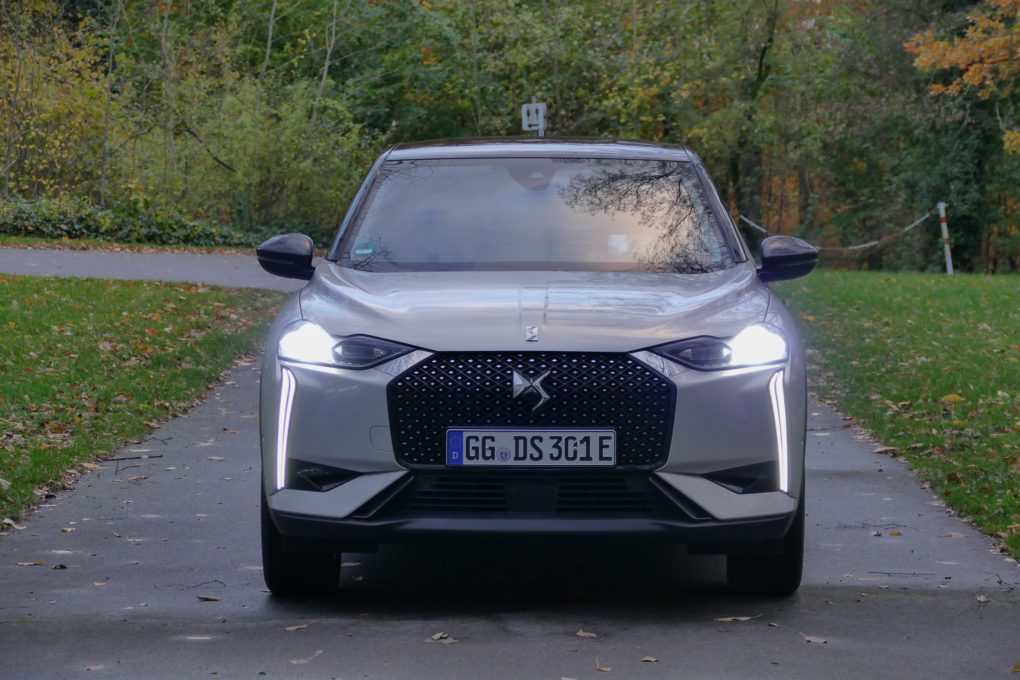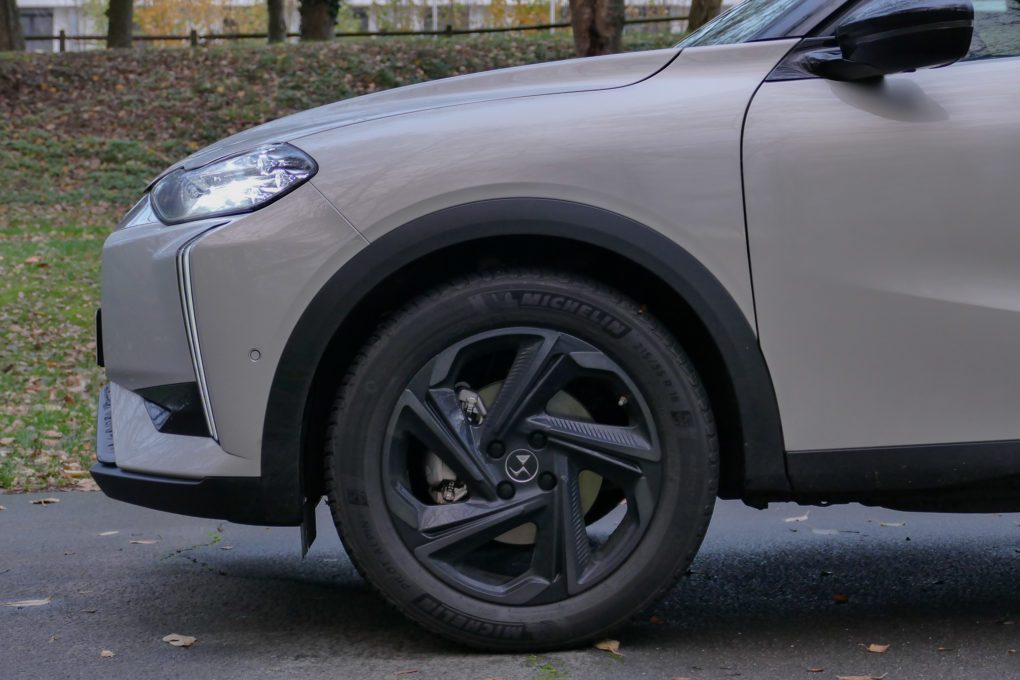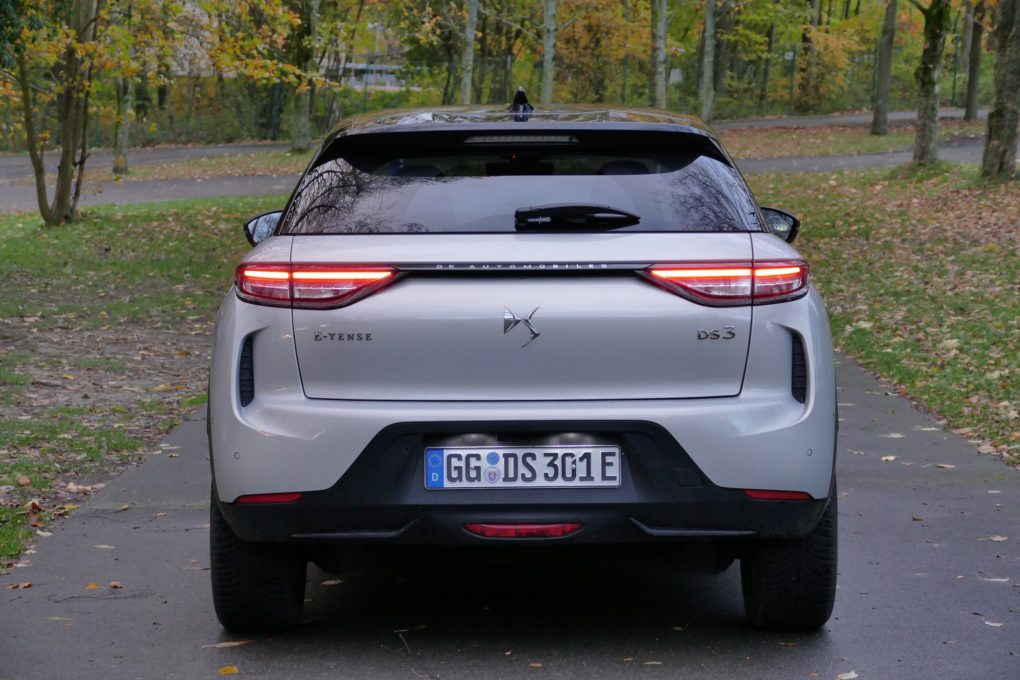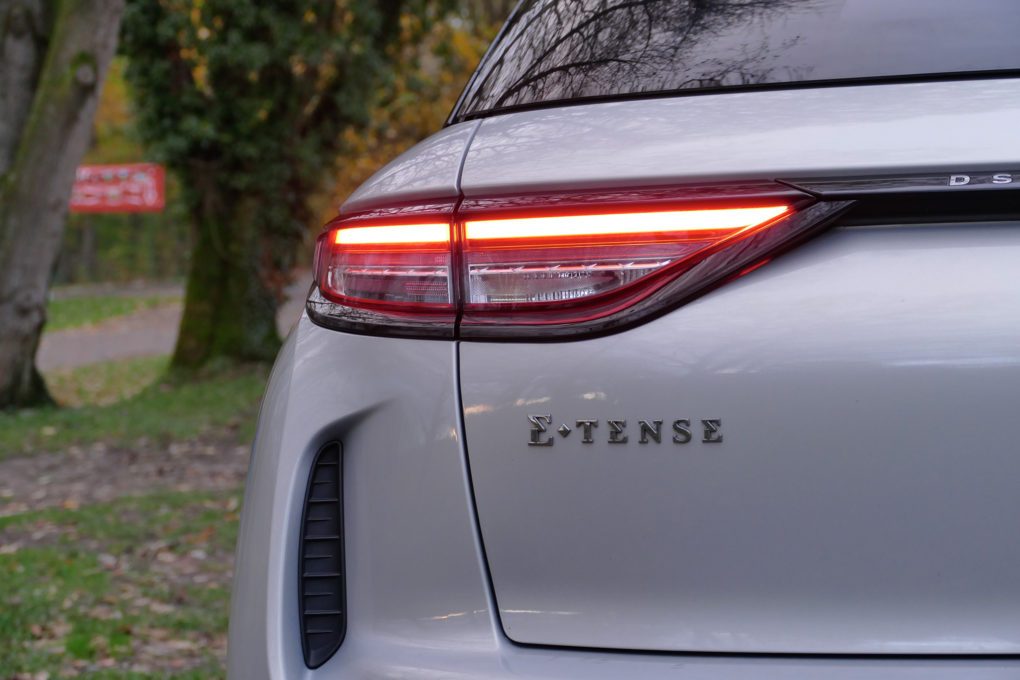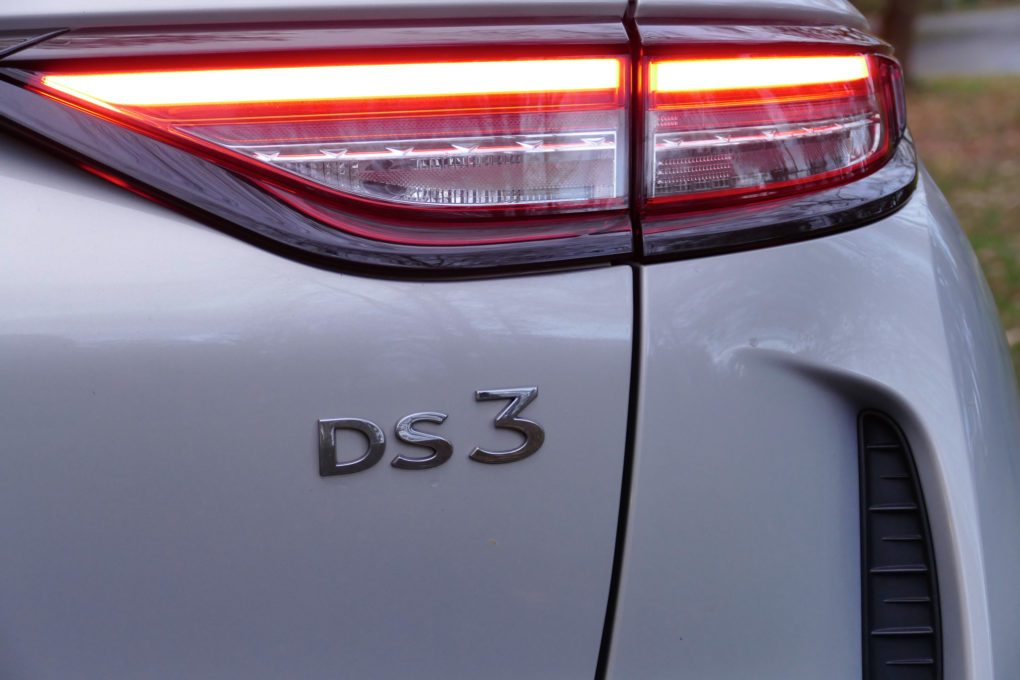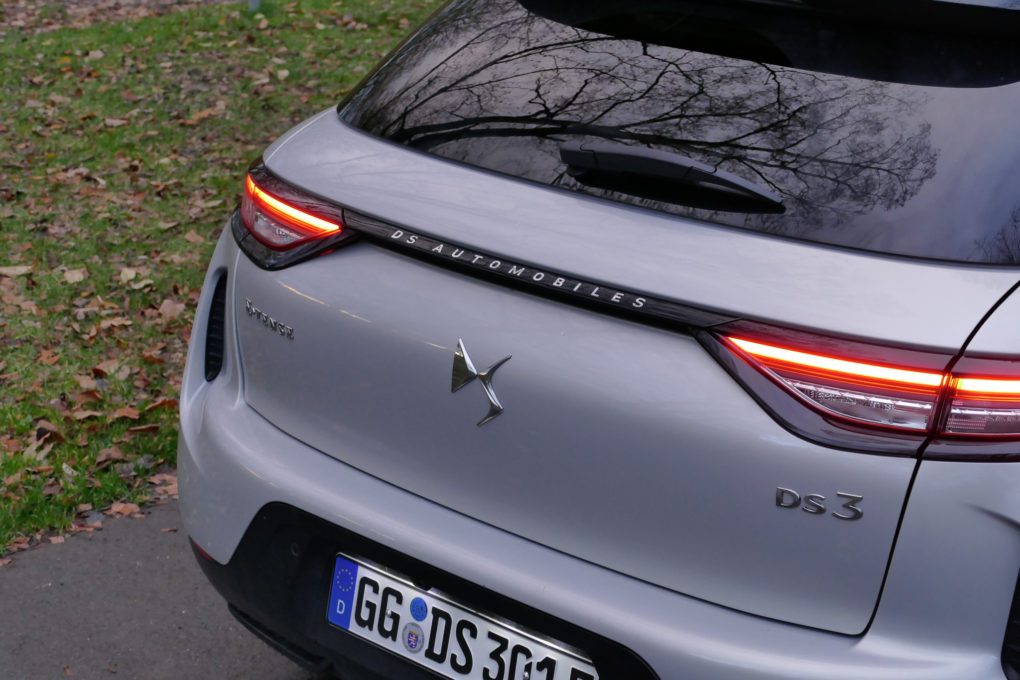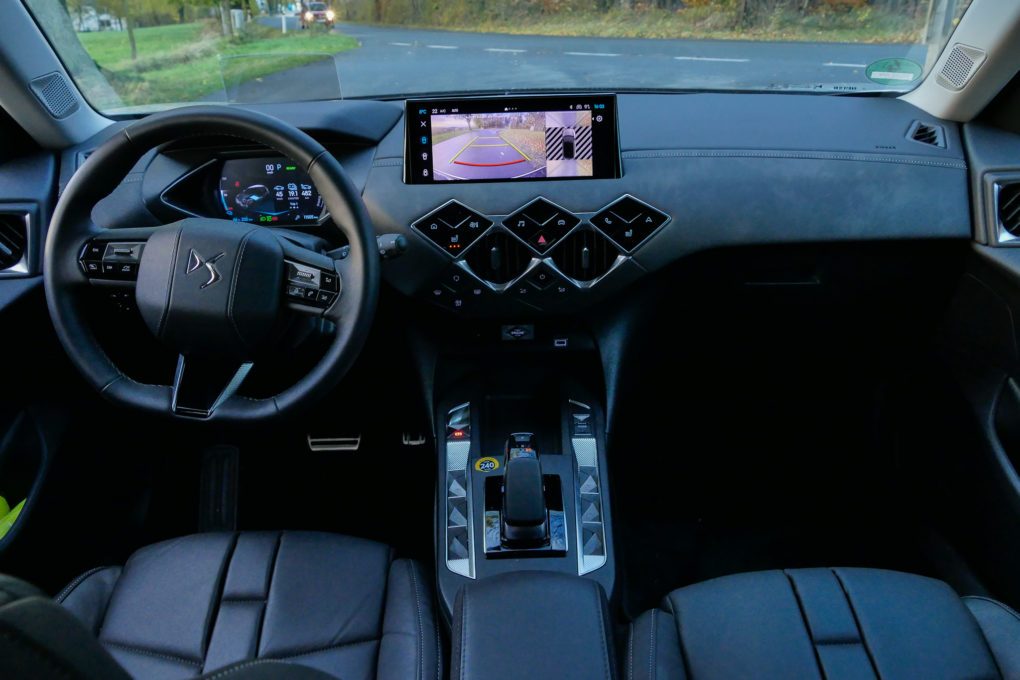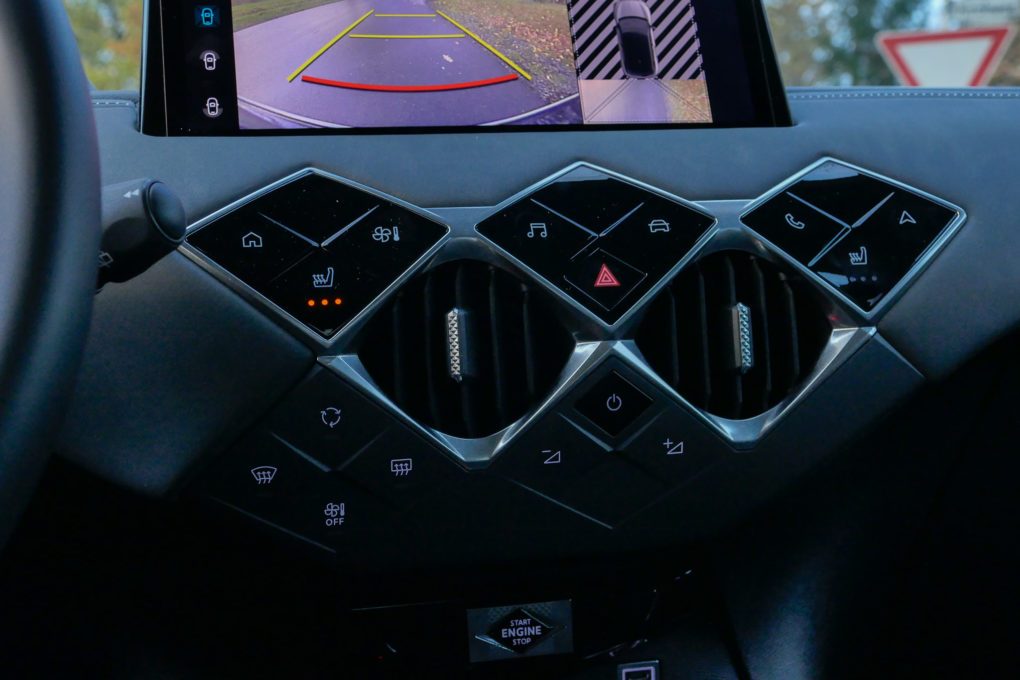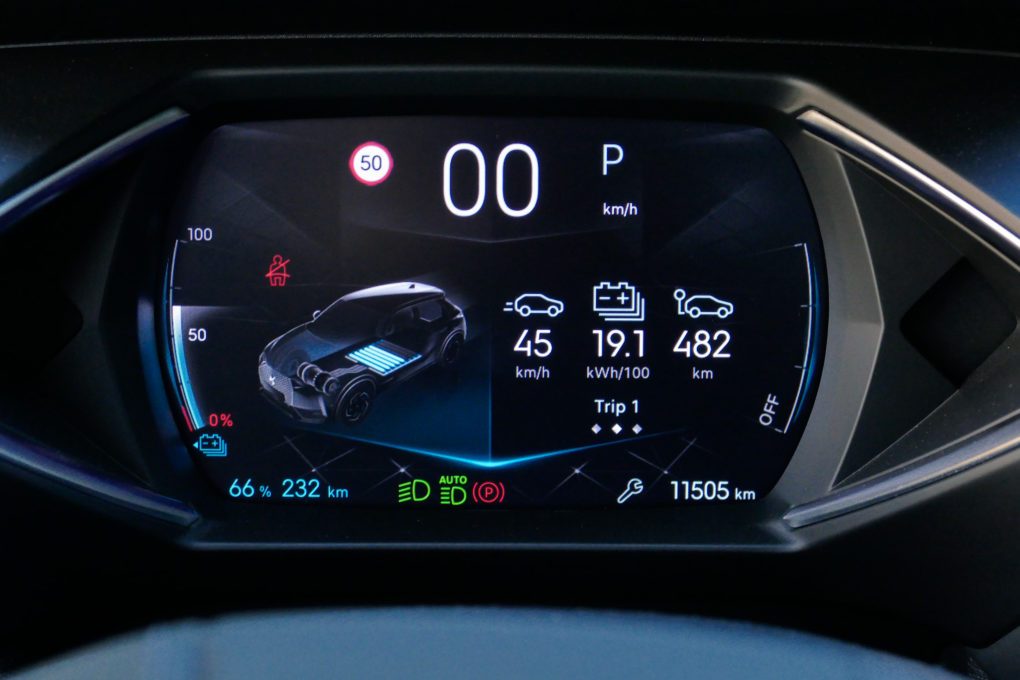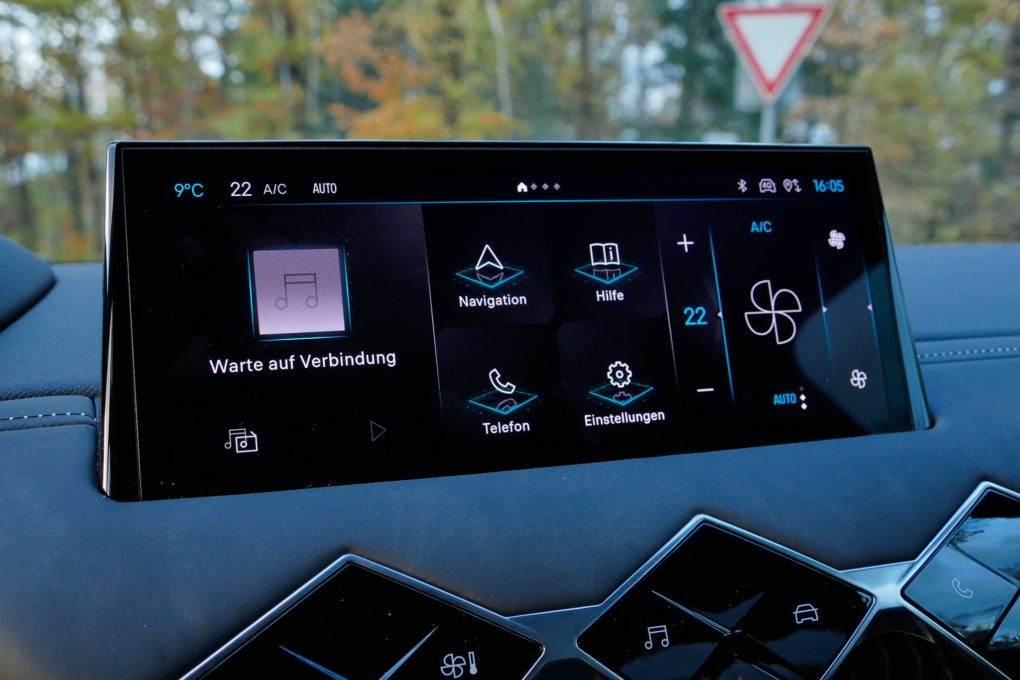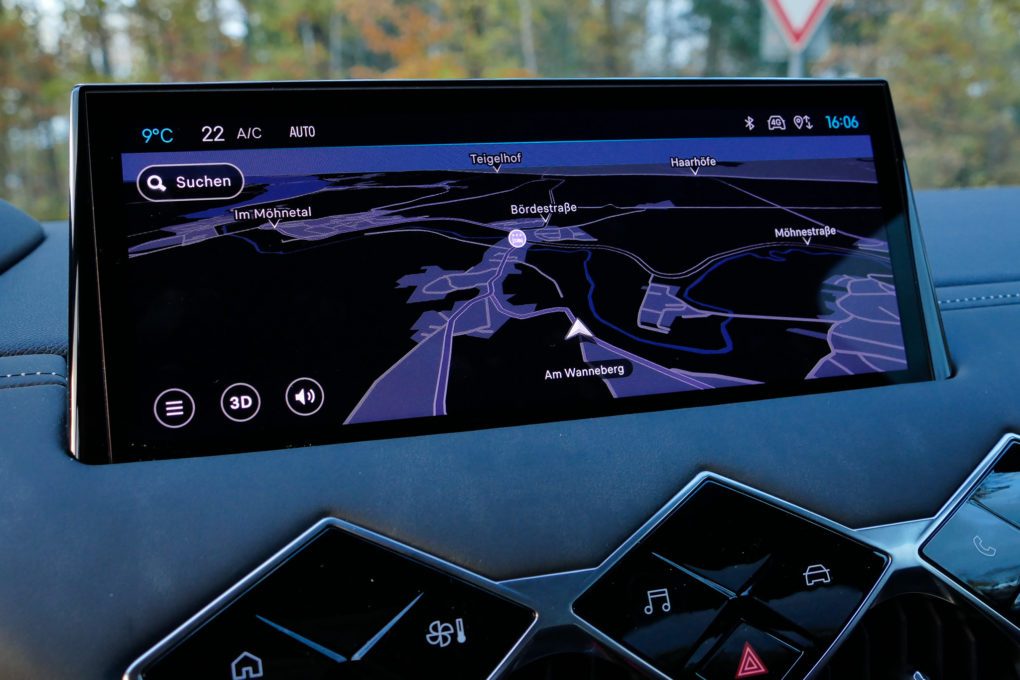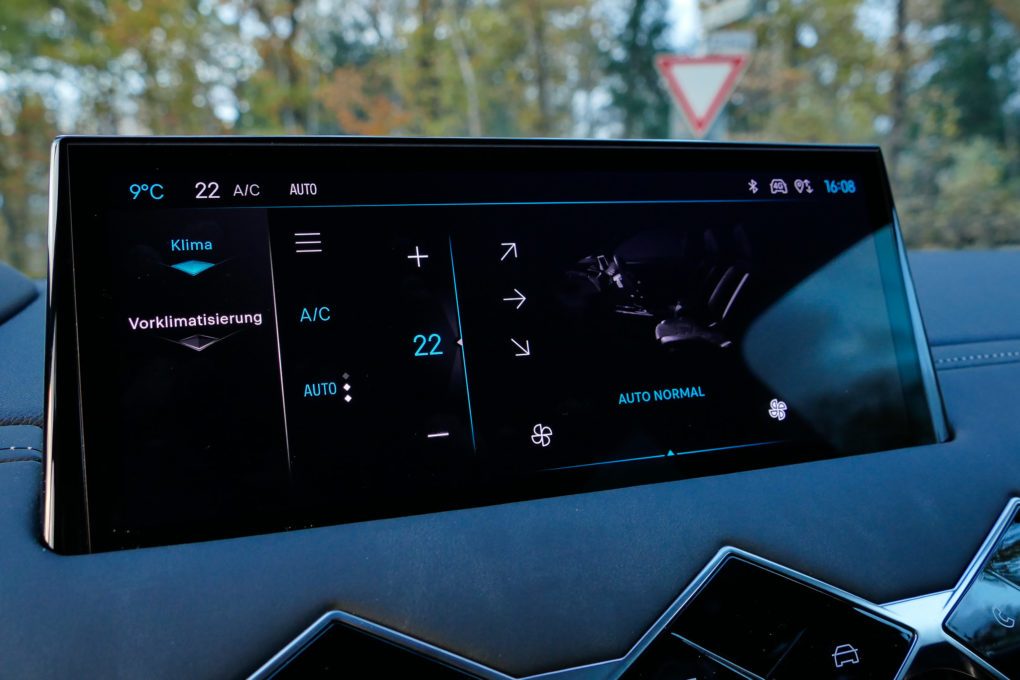DS3 E-Tense review: Luxurious Opel E-Corsa for 50.000 euros?
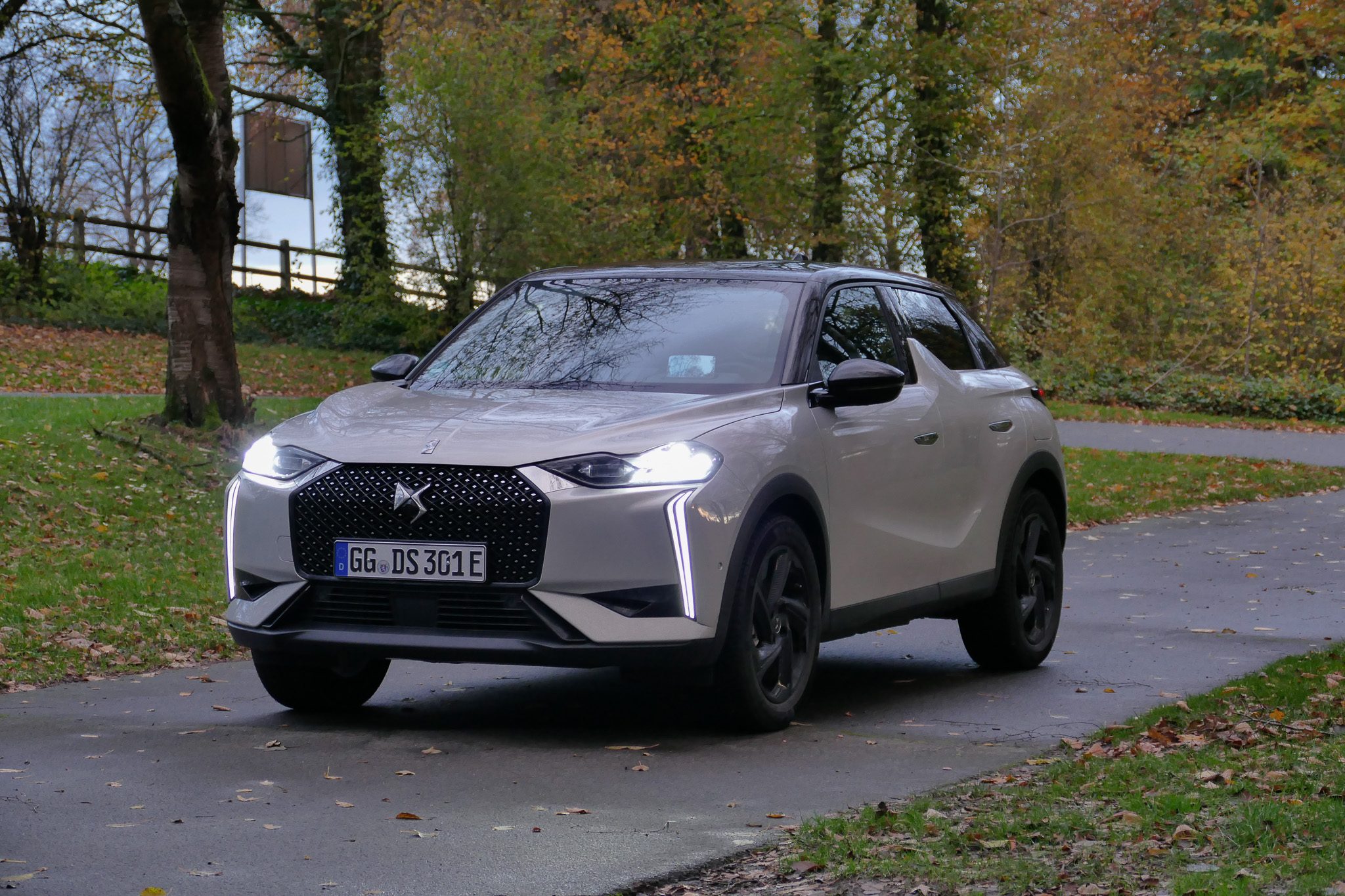
We have already tested DS Automobiles once. The French luxury and premium brand from the Stellantis Group builds many different models, from small cars to large SUVs and sedans. Incidentally, “all” new models from DS Automobiles will be launched on the market as fully electric. This also applies to the first fully electric DS3 E-Tense, which is still based on the Stellantis Group's mixed platform such as the Peugeot e-208 and Opel Corsa Electric. Nevertheless, DS wants to stand out from the other brands, we tested it for you.
With the DS3 E-Tense, DS Automobiles is bringing its electric version of the combustion engine onto the market on the Stellantis Group's mixing platform. This comes with the current DS design, which is probably based on “Haute Couture”. So, to sum it up, something high quality and classy.
Jump to section
tl;dr: Is the DS3 E-Tense even worth it?
If you have the money, why not? But to put it quite clearly, no, the DS3 E-Tense is no competition compared to its siblings in the respective top equipment, called DS Opera, as it costs over 50.000 euros (including 19% VAT). lies. Even though the DS3 offers a Nappa leather interior and Alcantara, if you decide on this class of vehicle you should go for an Opel Corsa Electric or the Peugeot e-208. Although this also costs over 40.000 euros (with some equipment), in our opinion it is more worth it than the DS3.
The DS3 E-Tense is simply priced far too expensive. Of course, DS Automobiles is a luxury brand from France, and you can notice that here and there in the equipment and the good workmanship. Peugeot, for example, also offers this, but in general the mixed platform with 54 kWh gross and 51 kWh net as well as 136 HP or 154 HP is a bit old, also when it comes to the maximum charging power. This peaks at 100 kW for all three models. There is no battery preconditioning and no real charging route planning, but that is probably being worked on. By the way, the efficiency of the DS3 E-Tense is not particularly special either; in winter temperatures, the urban/rural consumption is 18-19 kWh, which can be classified as “normal”.
Design: Typical DS
Like that one too DS4 E Tense When PHEV came onto the market, the DS3 E-Tense came with a very striking, idiosyncratic design. The front is only slightly reminiscent of the current Peugeot vehicles with the attached daytime running lights, which highlight the “saber teeth” of the brand with the lion. We definitely liked the design of the DS4 E-Tense better, the DS3 seems more like a “too hot washed” version of the DS4. Everything is significantly smaller, which is not bad for a city-friendly car in the small car segment. Nevertheless, the DS3 E-Tense doesn't offer a lot of space in the interior. There is no two people ProIt's a problem, but if you want to travel with four people, you have to forego some comfort in the front seats, otherwise no normal-sized person will fit in the back seat.
- Picture: TechnikNews
- Picture: TechnikNews
- Picture: TechnikNews
- Picture: TechnikNews
- Picture: TechnikNews
- Picture: TechnikNews
As already mentioned, the external design is typical for DS, with clearly defined lines and not a lot of frills. At the front you can see the matrix LED headlights with the elegant daytime running lights, at the back on the trunk it says “DS Automobiles” in small letters. The rear indicators are even dynamically set as wiper indicators.
Interior & infotainment: Upscale. Cramped class.
The seats in the OPERA version of the DS3 E-Tense are made of the finest nappa leather. But seriously, I noticed absolutely no difference compared to normal leather/faux leather seats. My guess is that it just sounds expensive. In addition to a fully electric driver's seat, you only get a massage function on the driver's side, which unfortunately is not the same as in the DS4 E-Tense. Rather, it's more like the lumbar support that automatically extends and retracts.
About the interior: In addition to the limited space, this is very uniquely designed. Unfortunately, as in the Citroën e-C4, there is only a Plexiglas head-up display, which doesn't really flatter the already small interior. It's also more of an "on the hood display" than anything else, as its high position means it's on the hood most of the time rather than in direct view prois injected.
- Picture: TechnikNews
- Picture: TechnikNews
- Picture: TechnikNews
- Picture: TechnikNews
- Picture: TechnikNews
- Picture: TechnikNews
The infotainment is one of the positive points of the DS3 E-Tense. This uses the new infotainment generation from the Stellantis Group and works with a powerful Qualcomm Snapdragon Processor to ensure very smooth operation in everyday life. In addition, both Android Auto and Apple CarPlay are wireless without Proproblems work in full screen. Unfortunately there is no ambient lighting in the DS3, which was available in the DS4 and we really liked it. Instead, you get a mix of haptic and touch buttons directly under the 10-inch infotainment display; these are used for easy navigation through various menus. What's very good is that if you switch from CarPlay or Android Auto to the air conditioning and then press the climate button again, it immediately and quickly switches back to the previous application.
A few other manufacturers should take a lesson from this. Especially if you absolutely want to install an abundance of buttons. If you would like to read more about infotainment, you can go to DS4 E-Tense test find.
Driving impression & range: OK for the city.
The chassis is well tuned and you can tell that the typical DS suspension is used here. Unfortunately, there is no adaptive damping, which adapts to the road situation via a camera. If we now talk about the range, then we could actually include the Peugeot e-208 and the old Opel E-Corsa in the same category, because disappointingly not much has changed in terms of efficiency with the DS3. In cold to minus degrees we averaged 18 – 19 kWh per 100 km. Of course, these are not particularly bad values, but they are not particularly good either. This puts the DS3 in the realm of the VW ID.3 and similar models such as Renault Megane E-Tech etc. Even if the latter achieves better consumption values with active battery heating. But more on that in a later test report.
It would have been nice if a slightly larger battery had been installed in the DS54 E-Tense instead of a 3 kWh battery. Then you would be able to cover more than 300 km in everyday life, even in winter. In summer, consumption is likely to be lower and around 350 km would be feasible. On the highway, 200 km should be quite realistic. The battery is then recharged with up to 100 kW, unfortunately without active battery preconditioning. This only means if the battery has been warmed up accordingly or if the temperature outside is pleasant. On average, our charging speed was 78 kW and then went down towards 50 kW relatively quickly.

